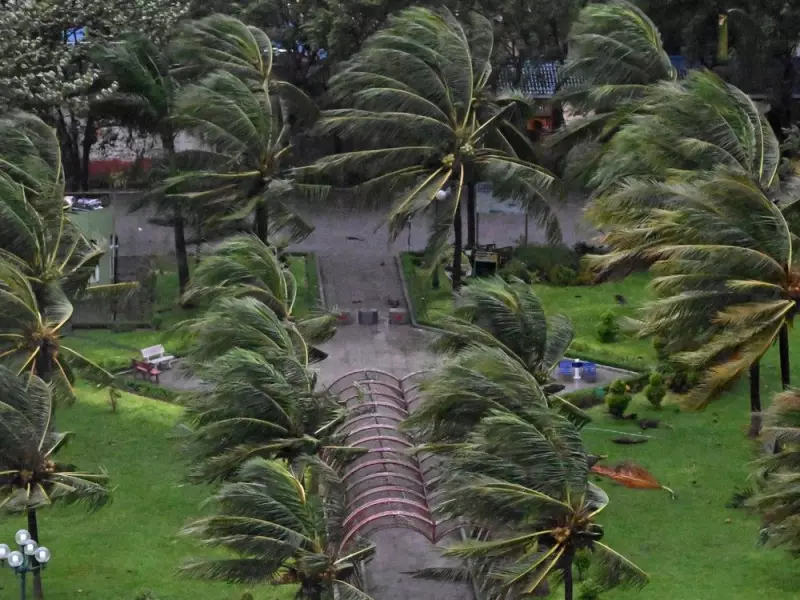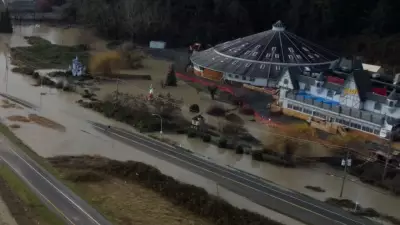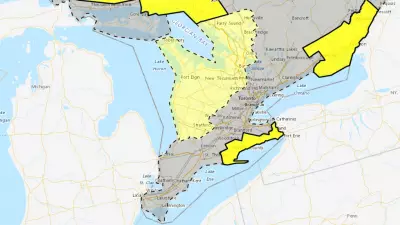
The Philippines is grappling with a devastating humanitarian crisis as the death toll from a powerful typhoon has surged past 140, with rescue teams racing against time to reach isolated communities cut off by massive flooding and landslides.
Emergency crews are working around the clock to clear debris and restore access to hardest-hit areas where entire villages remain submerged under floodwaters. The storm, which packed sustained winds of up to 195 kilometers per hour, tore through central and southern regions of the archipelago, leaving thousands homeless and critical infrastructure in ruins.
Widespread Destruction and Desperate Rescue Efforts
Coastal communities bore the brunt of the typhoon's fury, with storm surges swallowing homes and fishing villages. In urban areas, emergency shelters are overflowing with displaced families who lost everything in the relentless winds and torrential rains.
"We're seeing entire communities that have been completely cut off from assistance," reported a local disaster response coordinator. "Our priority is reaching these isolated areas where people have been without food, clean water, or medical supplies for days."
Storm Now Taking Aim at Vietnam
As the Philippines begins the monumental task of recovery, meteorological agencies are tracking the typhoon's ominous movement toward Vietnam. The storm is expected to maintain its intensity as it crosses the South China Sea, posing a significant threat to Vietnam's central coastal provinces.
Vietnamese authorities have already initiated precautionary measures, including:
- Mass evacuation orders for low-lying coastal communities
- Reinforcement of critical sea dykes and flood barriers
- Pre-positioning of emergency supplies and rescue equipment
- Suspension of fishing activities and coastal shipping
Regional Climate Patterns Raise Concerns
Meteorologists note that this typhoon follows an increasingly familiar pattern of intense storms battering Southeast Asia during the annual monsoon season. Climate scientists have repeatedly warned that warming ocean temperatures are contributing to more frequent and powerful tropical cyclones in the region.
The international community is mobilizing support, with several countries pledging emergency aid and disaster response teams to assist both the Philippines in recovery and Vietnam in preparation efforts.





